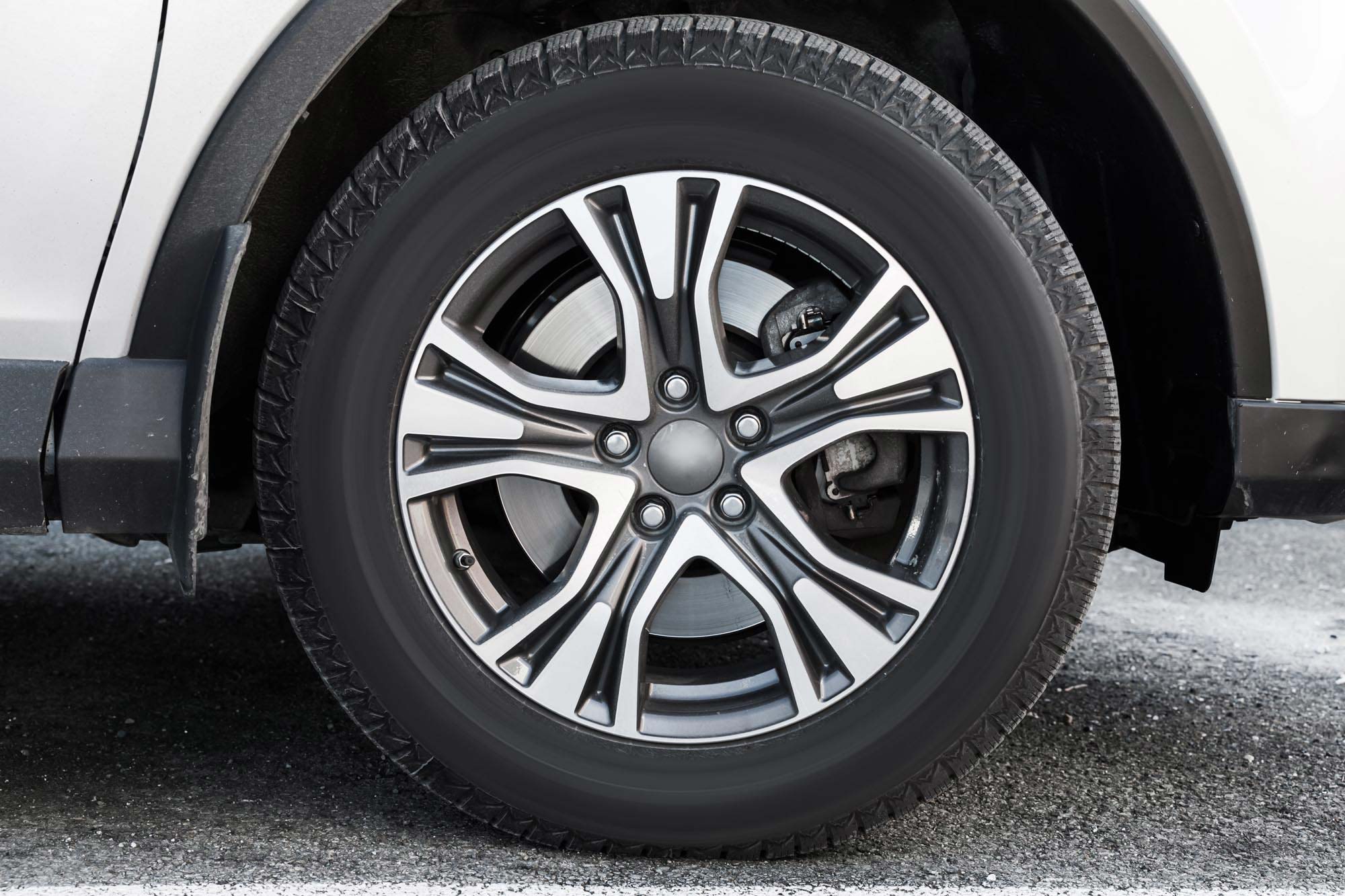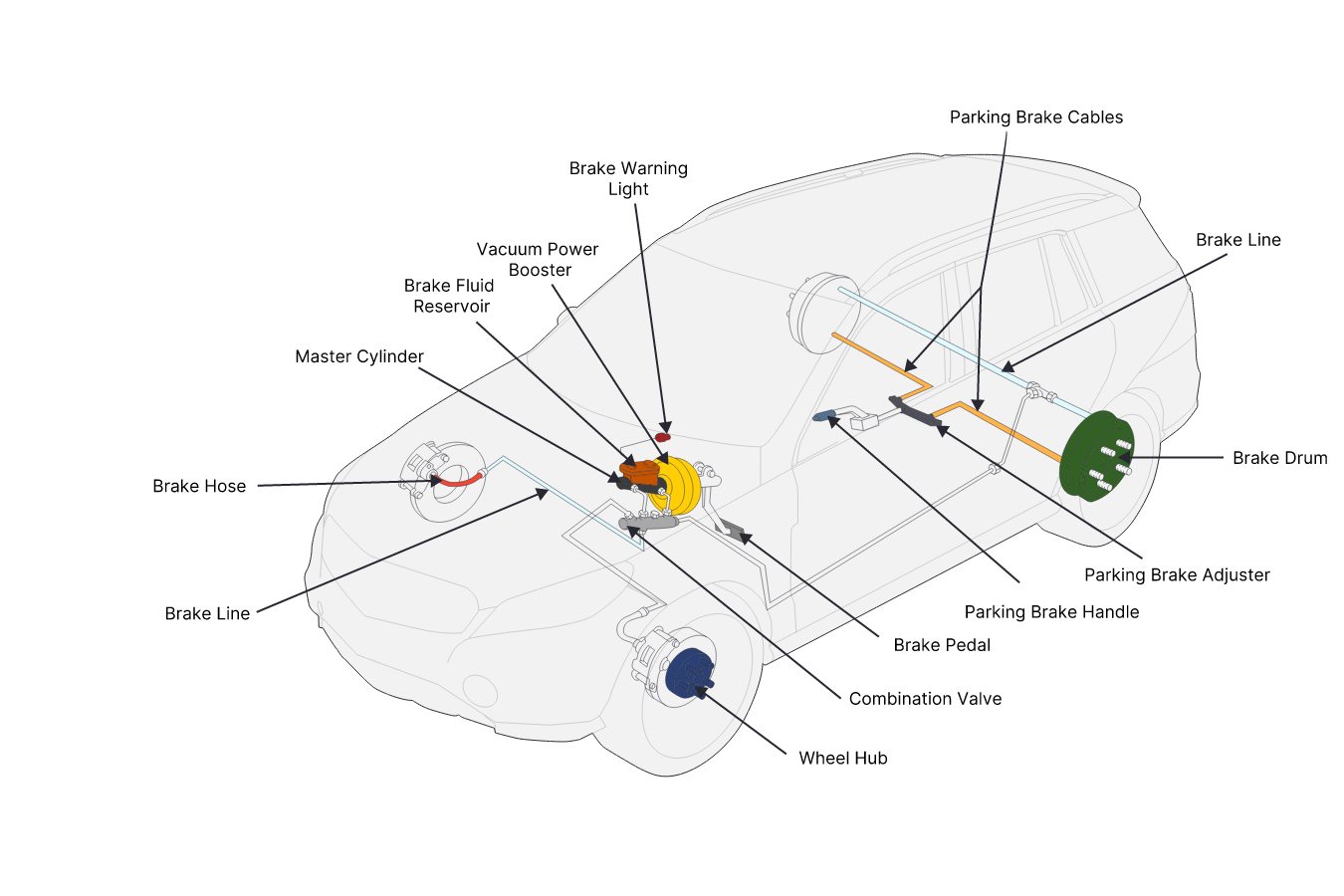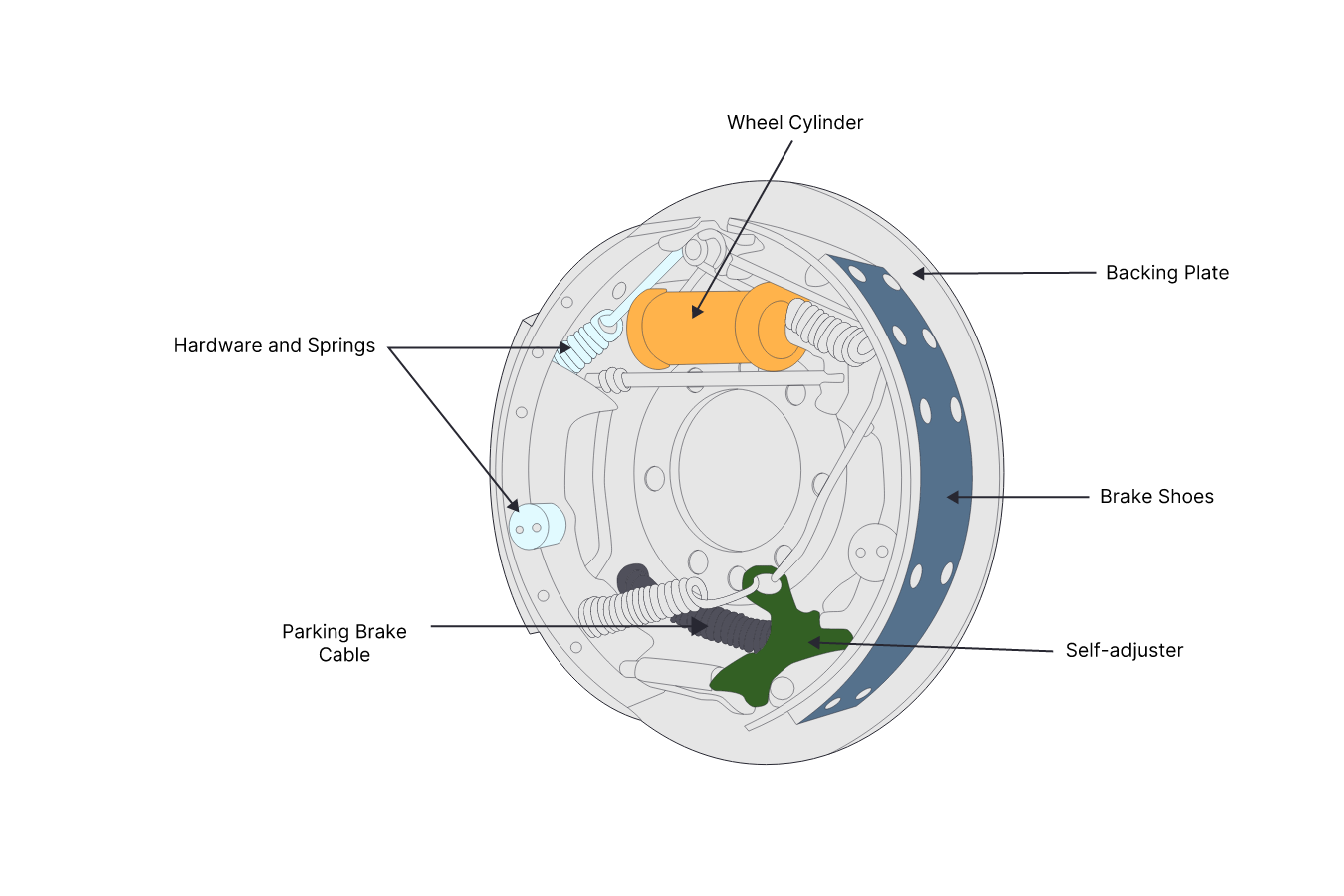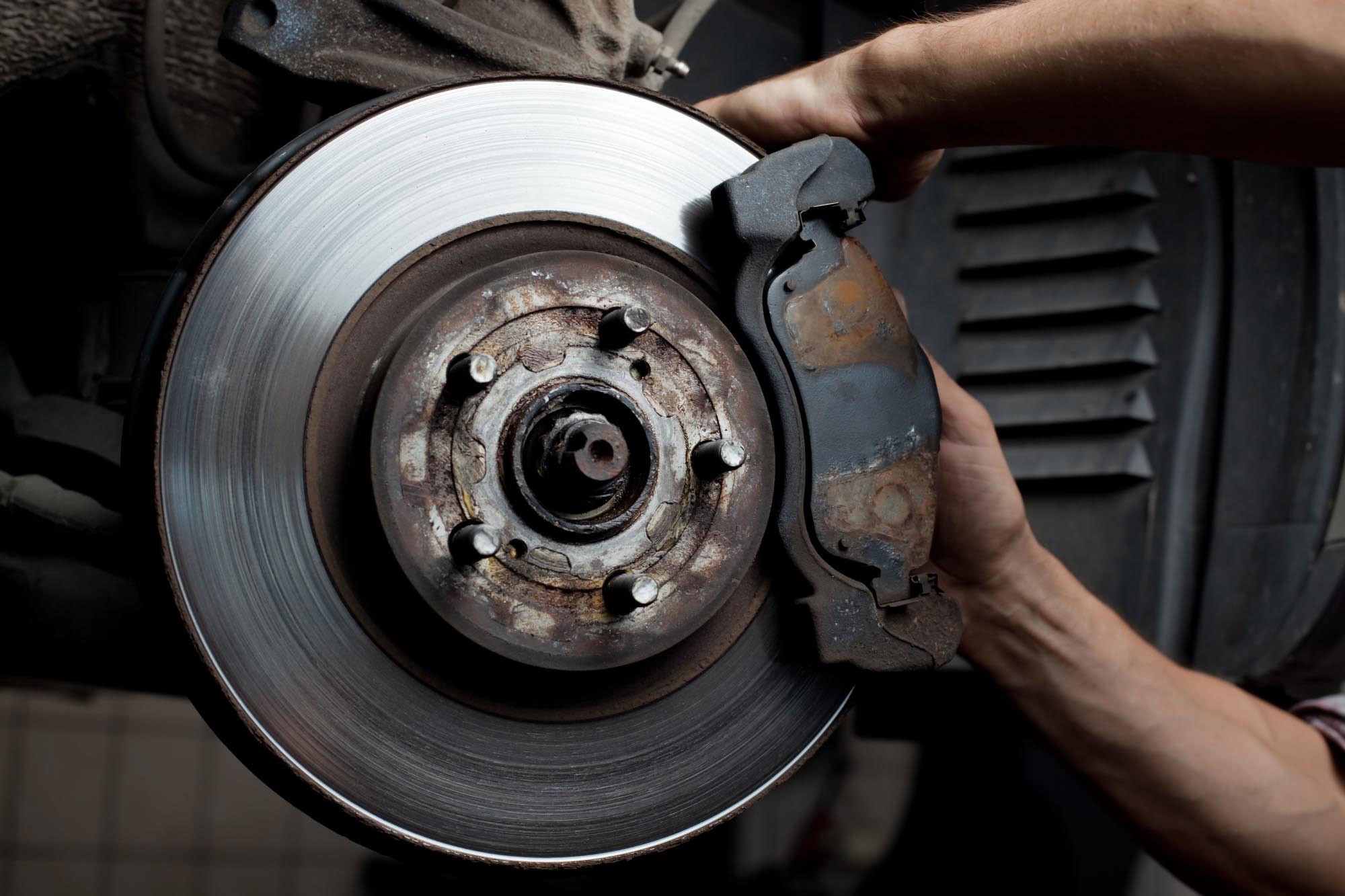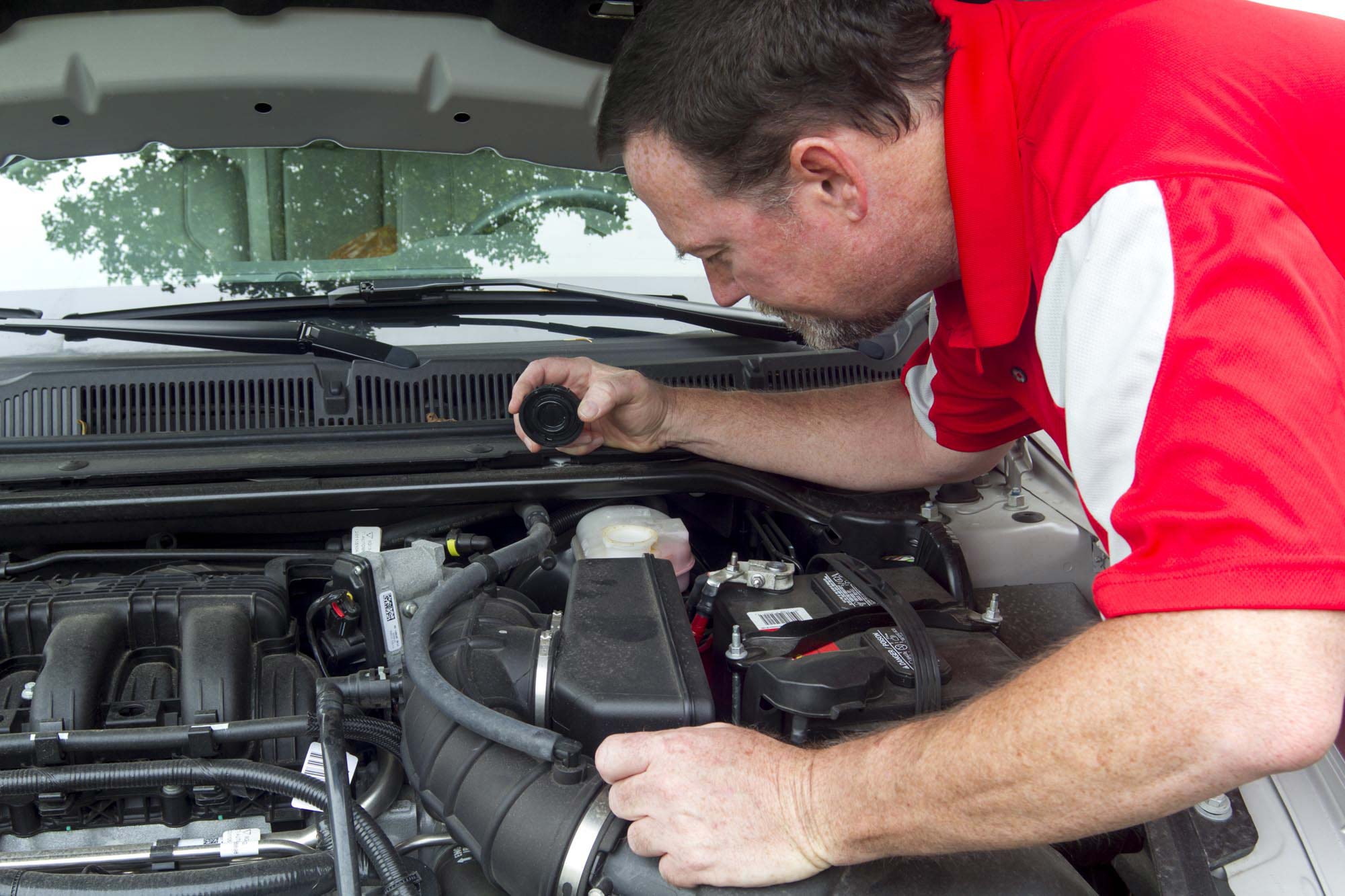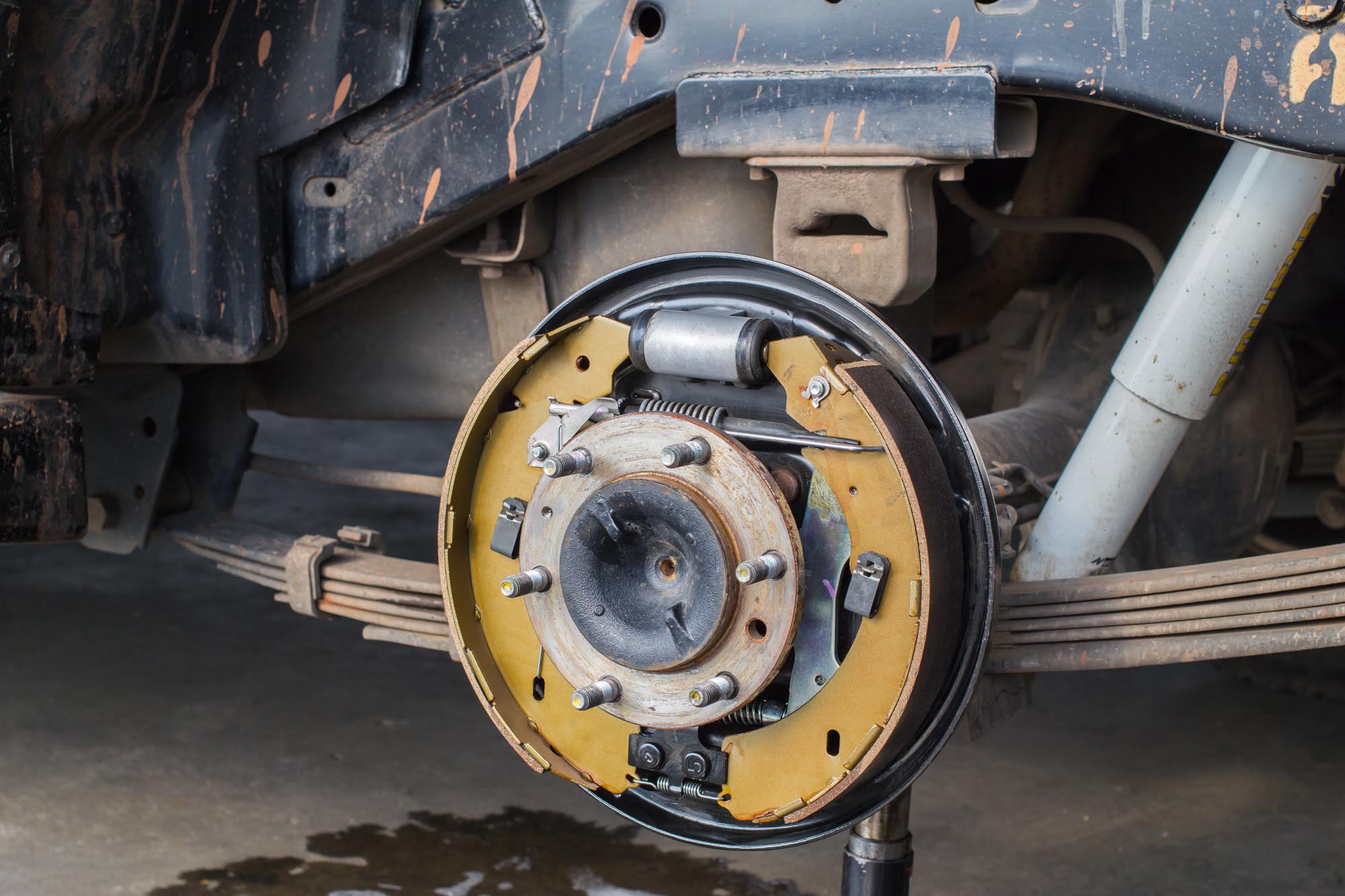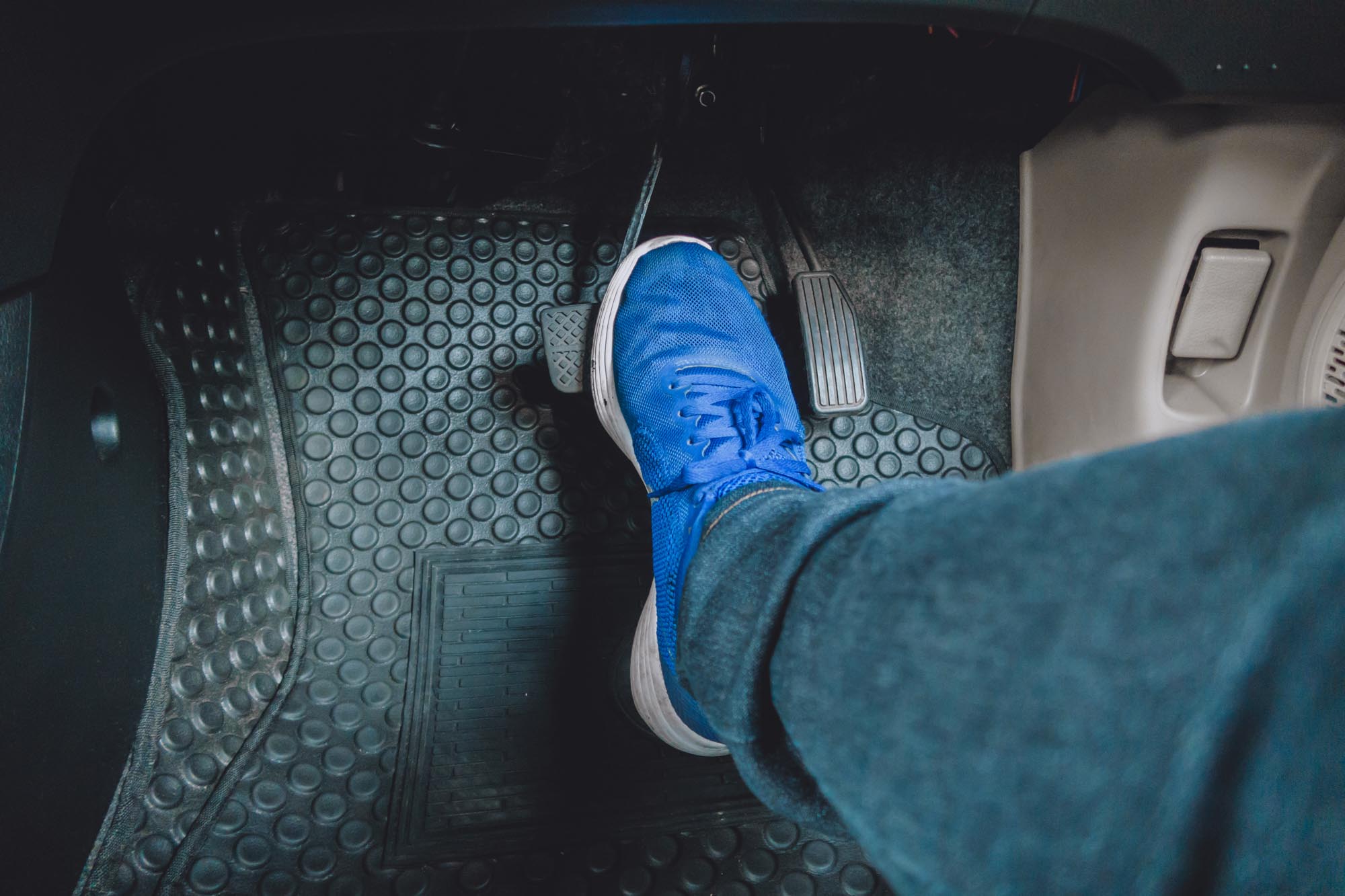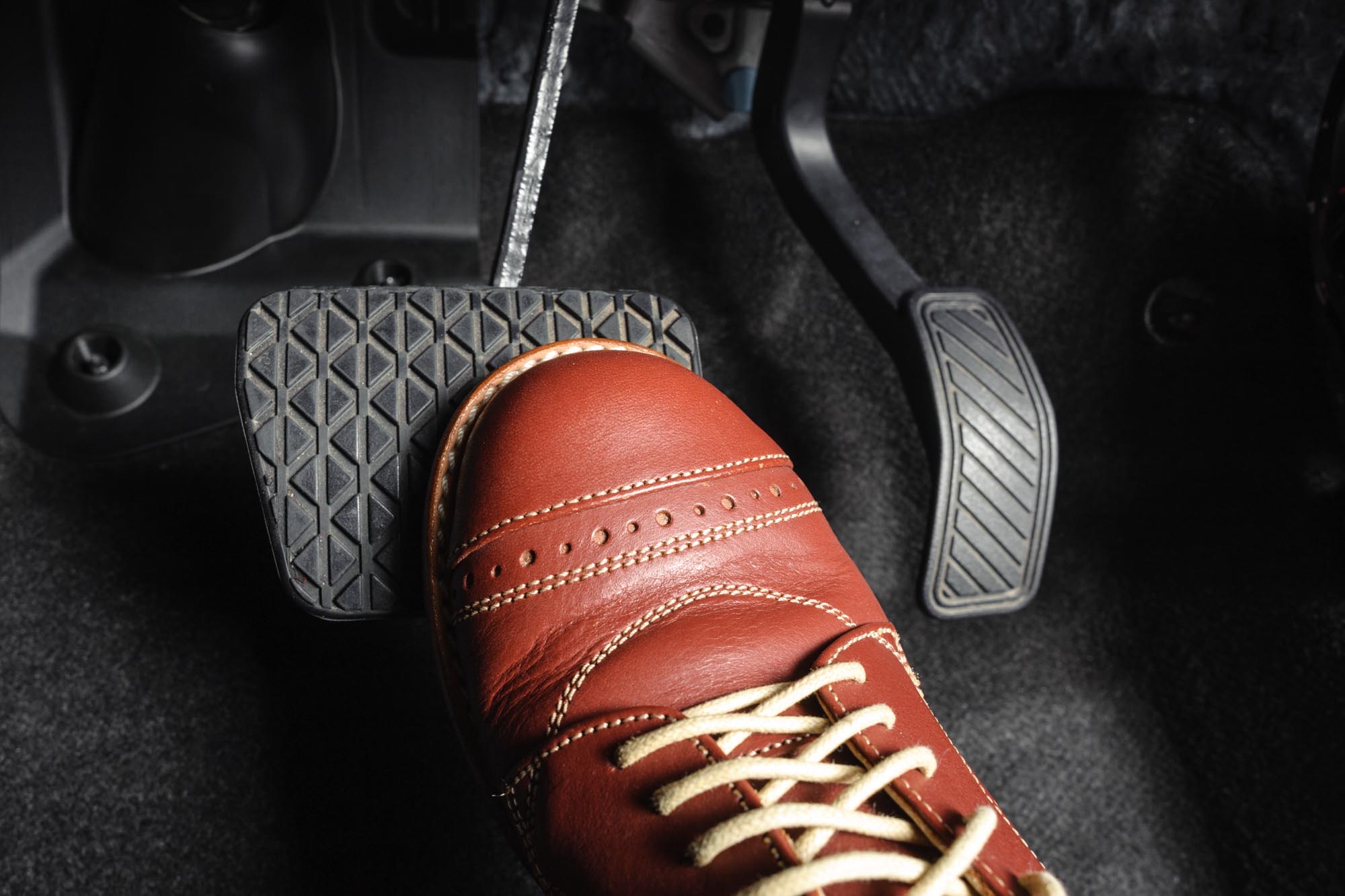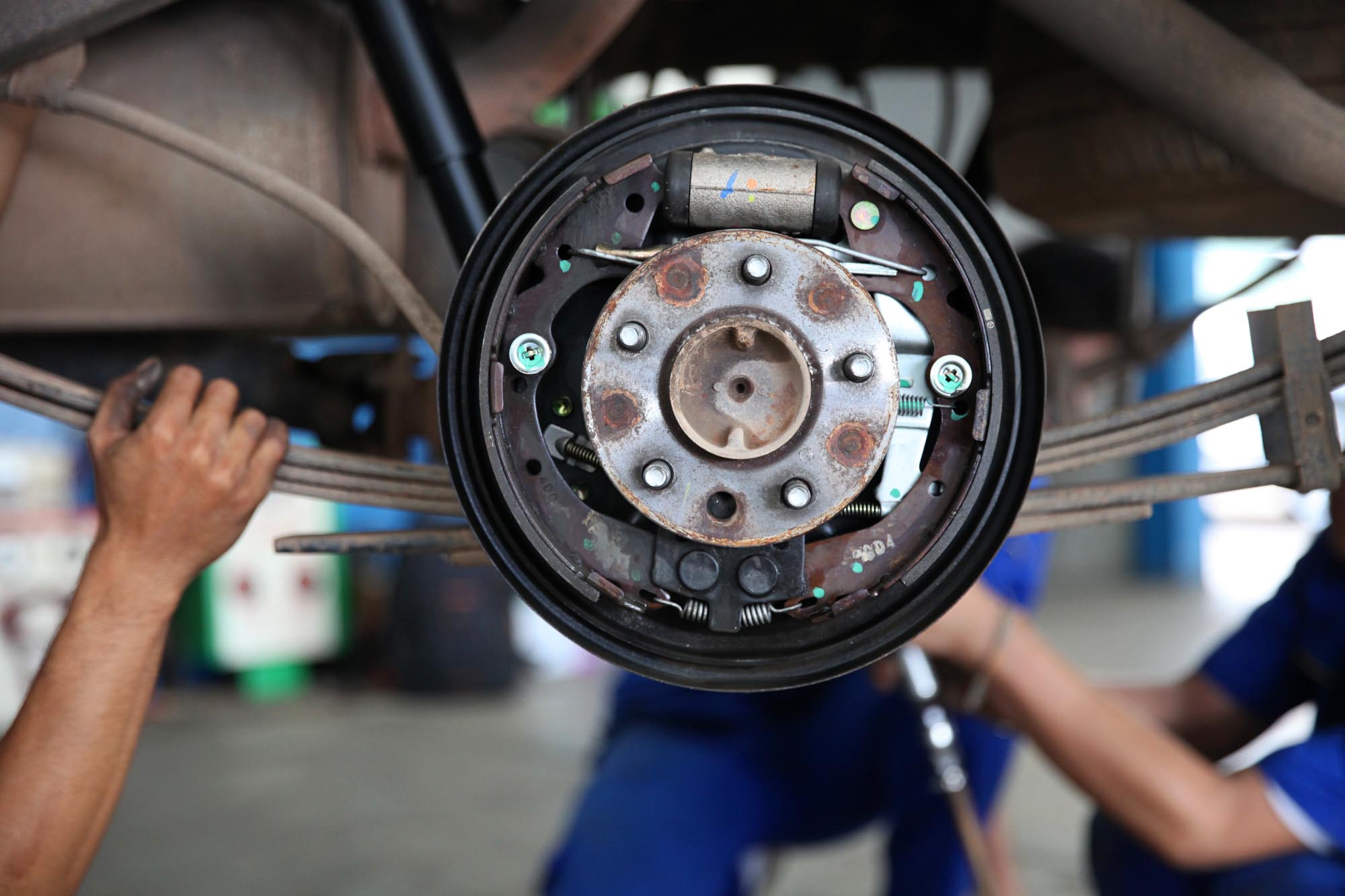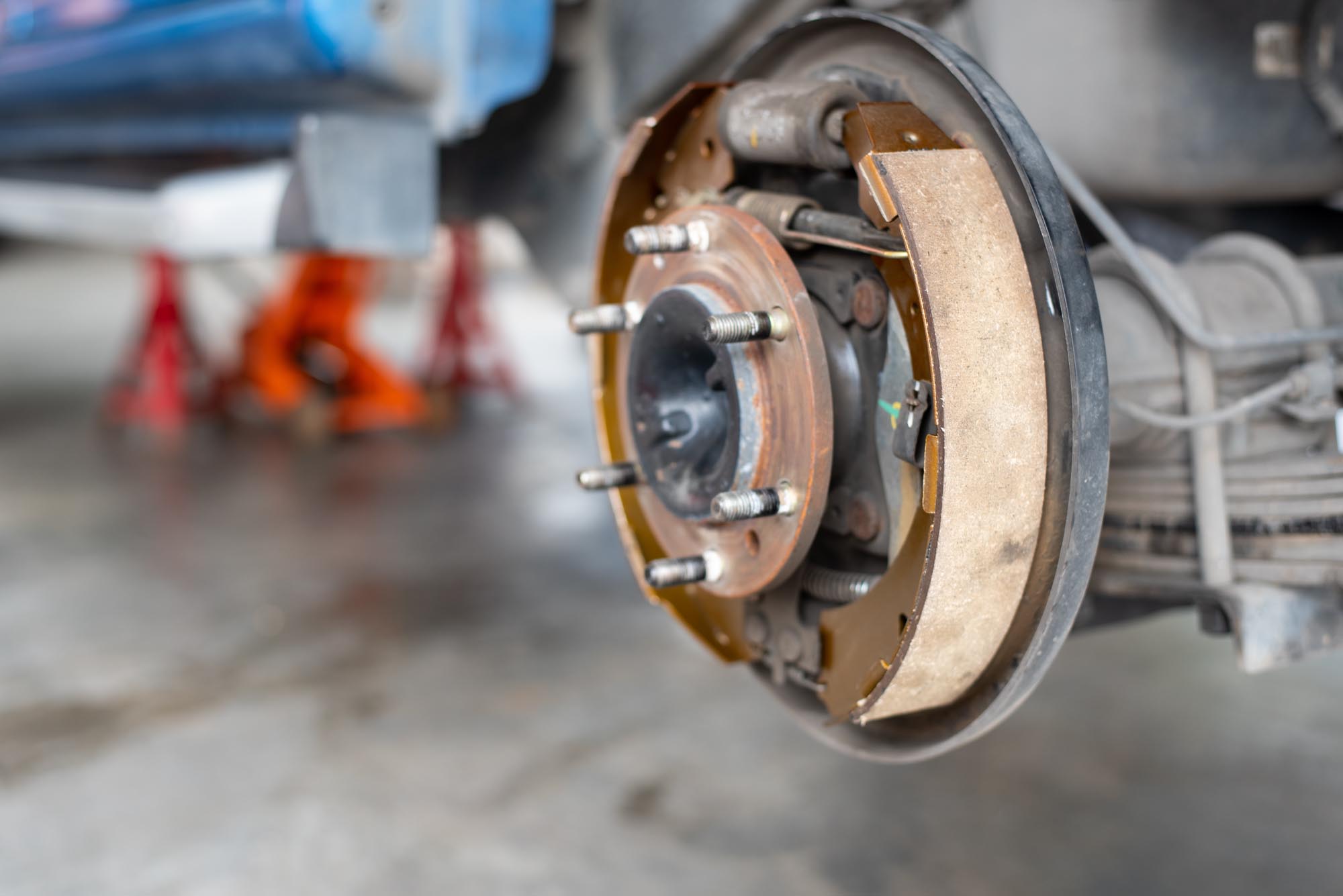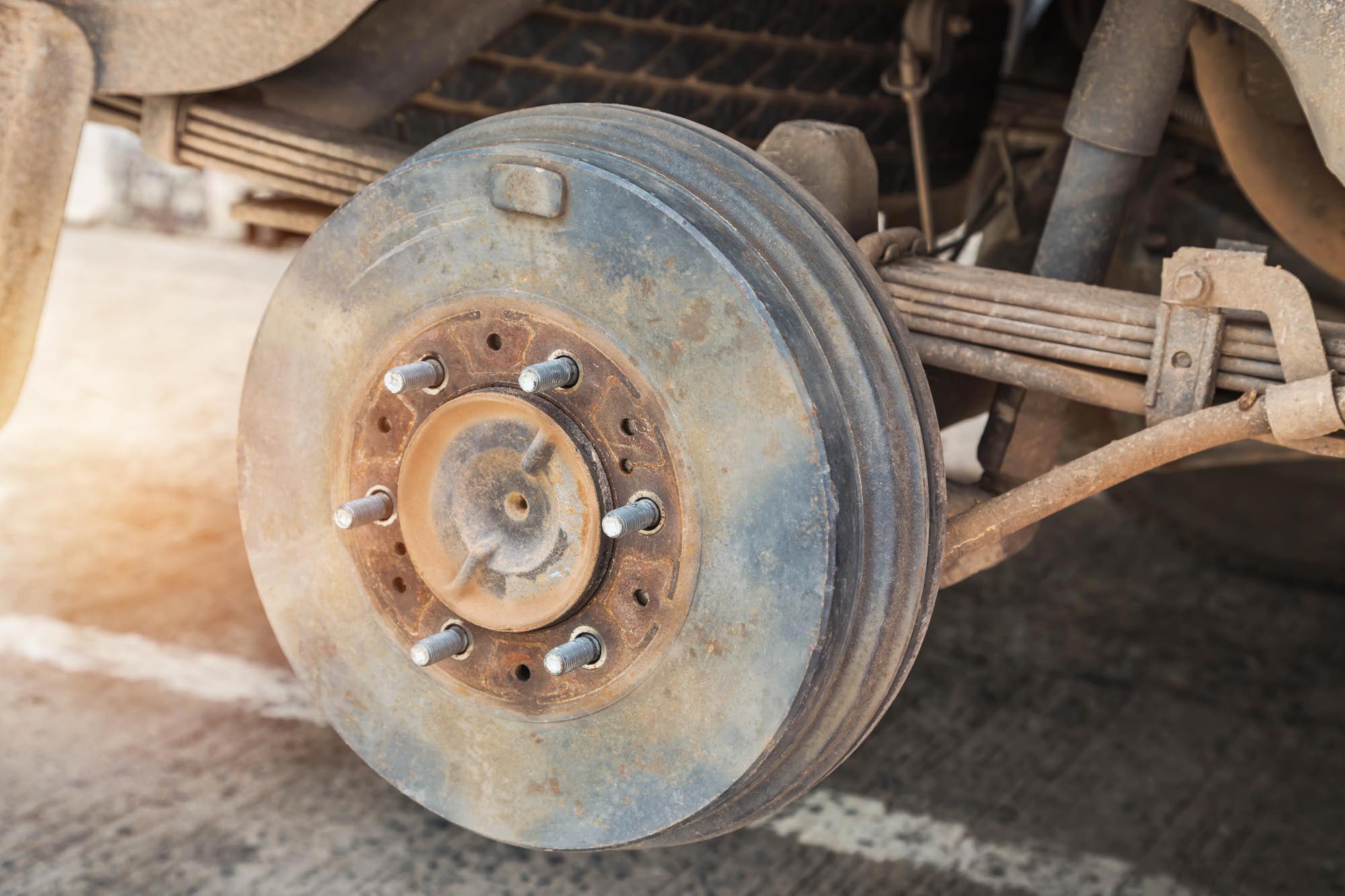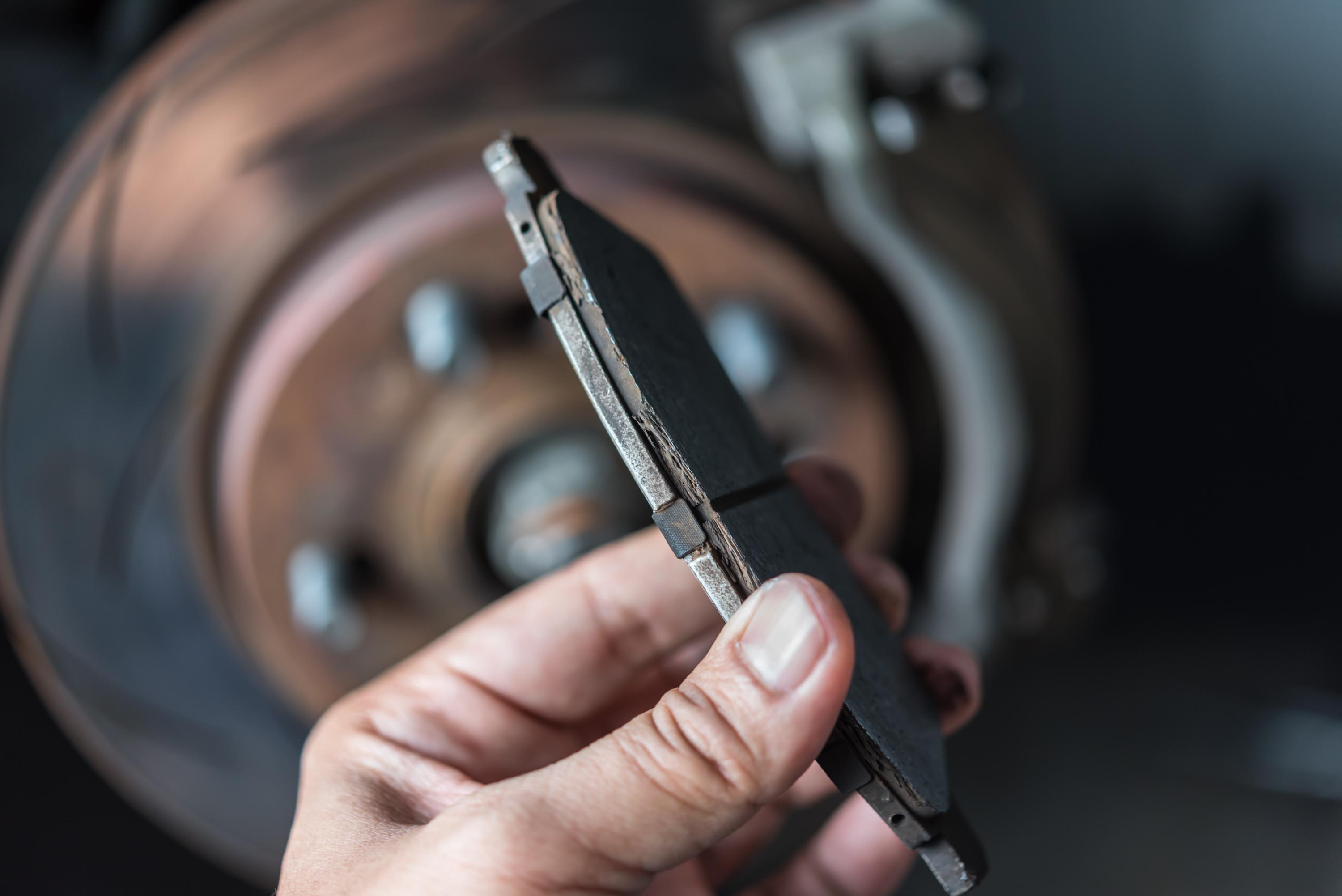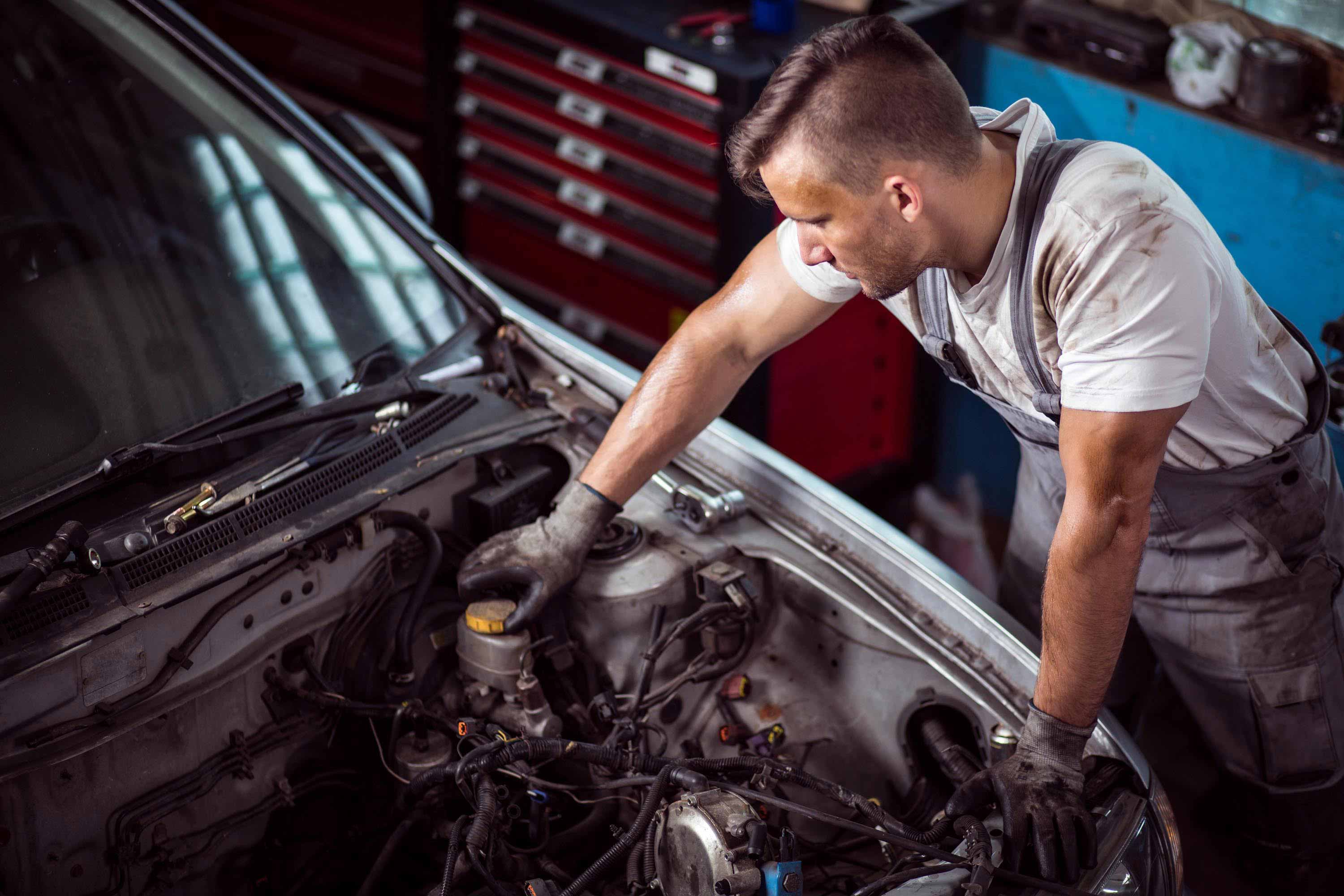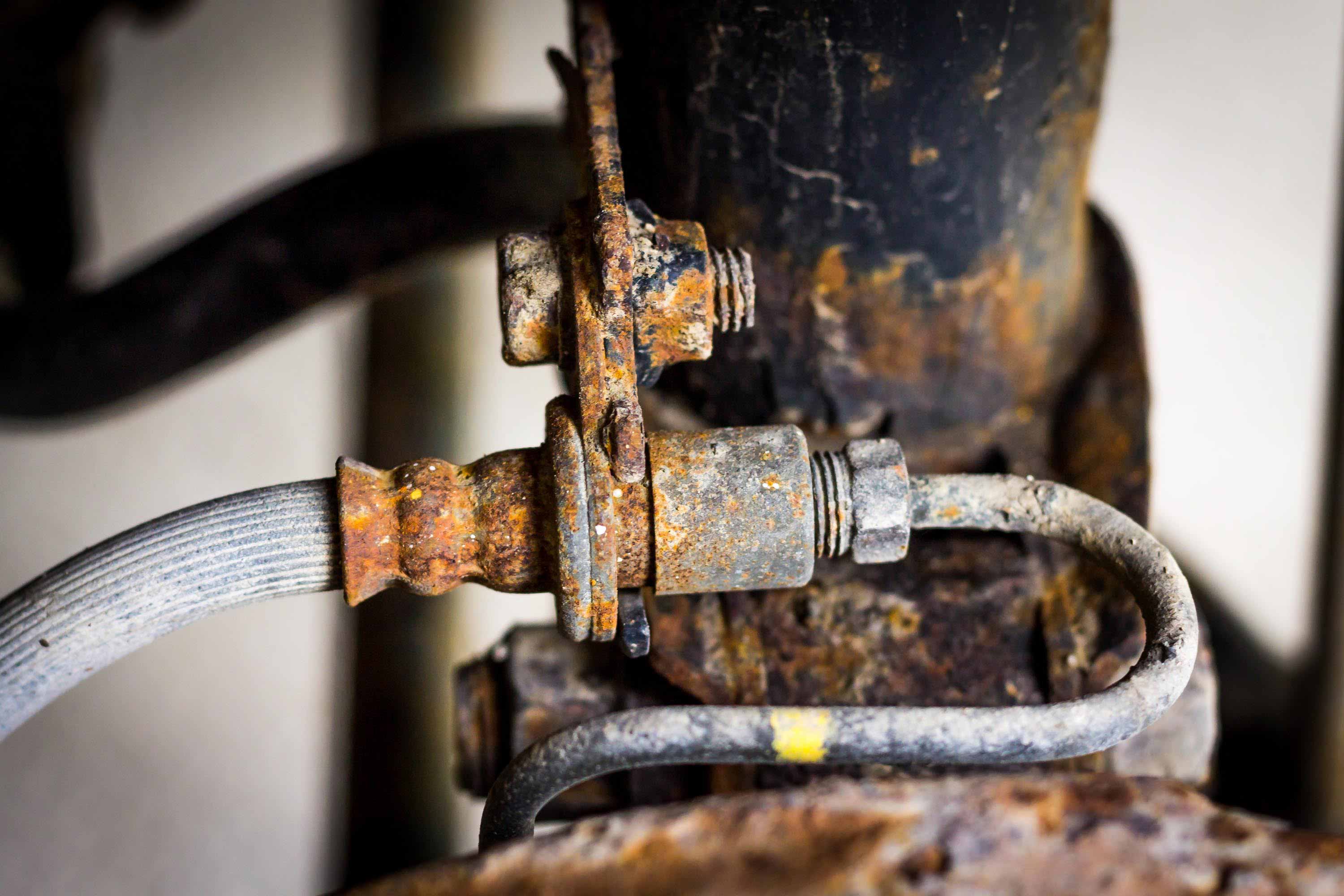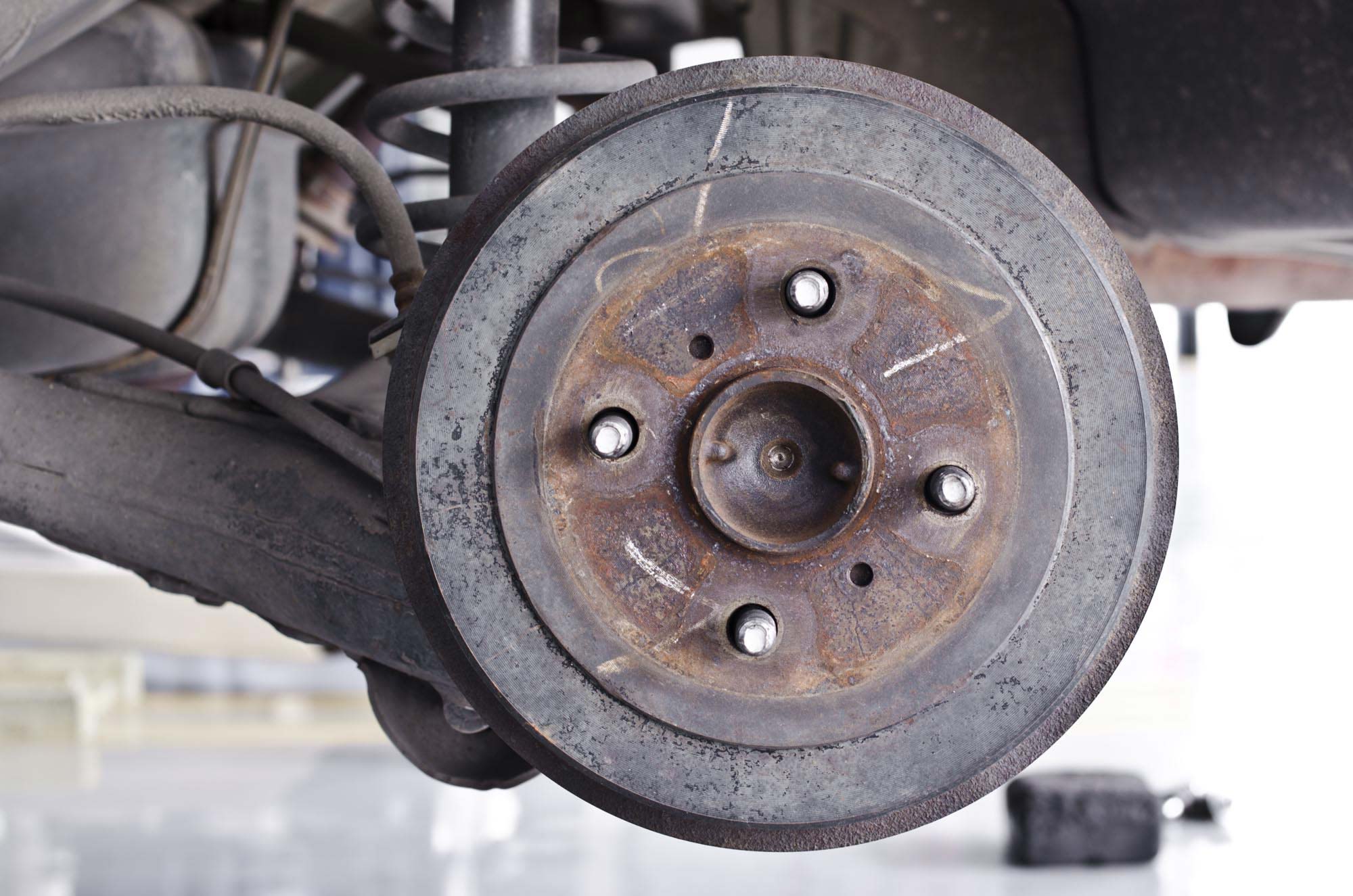How Long Do Brake Pads Last?
Your brake pads usually last between 25,000 to 50,000 miles. But note that these are only estimates. Your brake pads may wear out faster, depending on their quality, your driving habits, and other factors that may affect your brake pad’s lifespan.
If your vehicle is equipped with brake sensors, it’ll be easier to determine when your brake pads need replacement. The sensors will activate a warning light or send a warning message on the dashboard.
Visual Inspection
Inspecting your brake pads for wear usually requires the removal of your wheels. If you’re not well-versed in auto repair, it’s best to leave this job to a mechanic.
Look for any signs of wear in the friction material. Experts recommend replacing the brake pads when their friction lining is less than 4mm thick. If your brake pads are 3mm or less, replace them immediately.
Keep an eye out for the other symptoms of bad brake pads as well.
